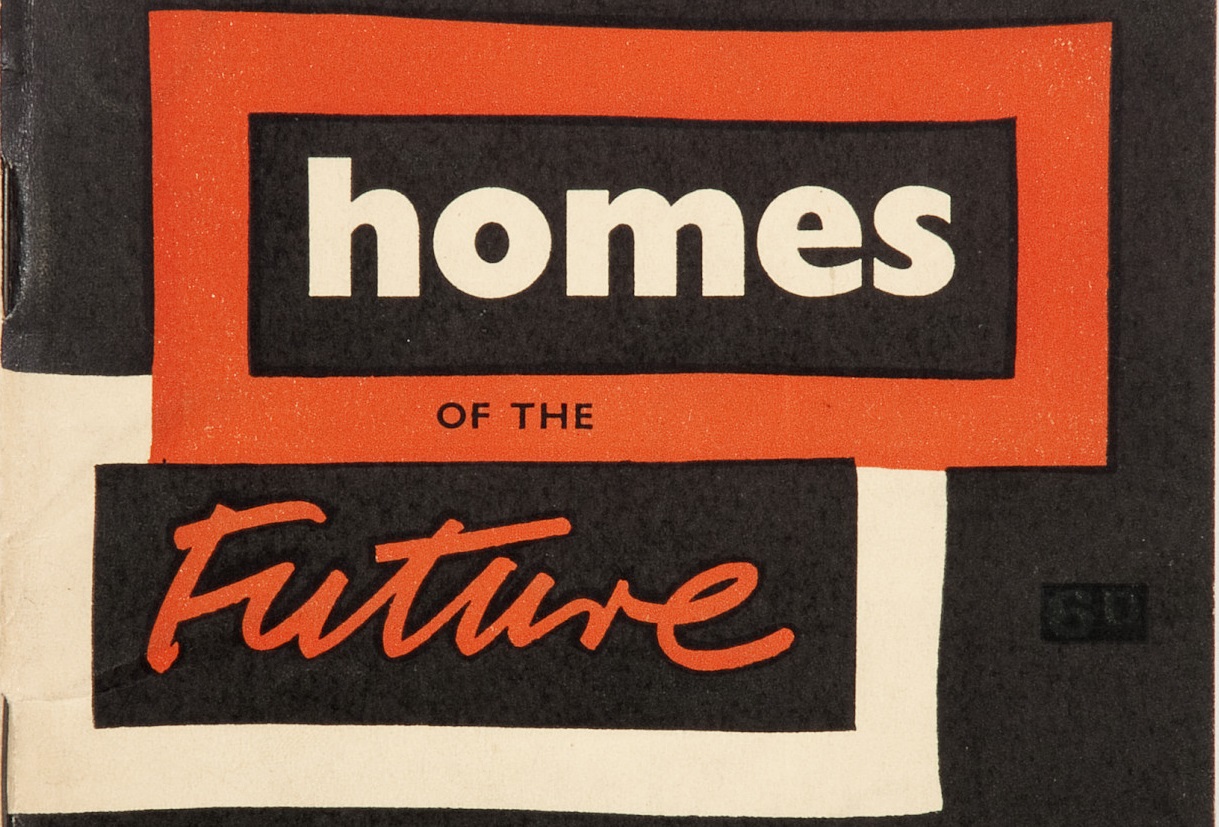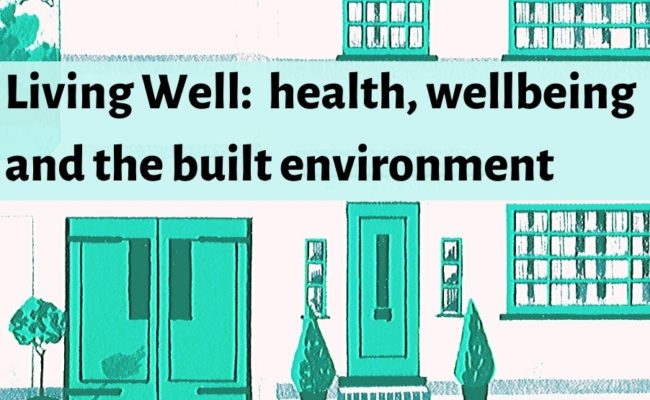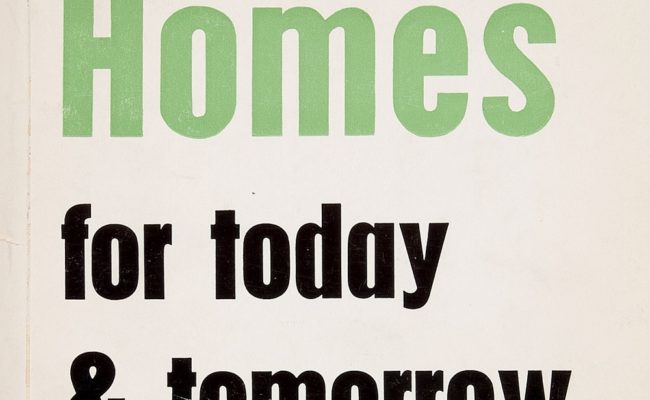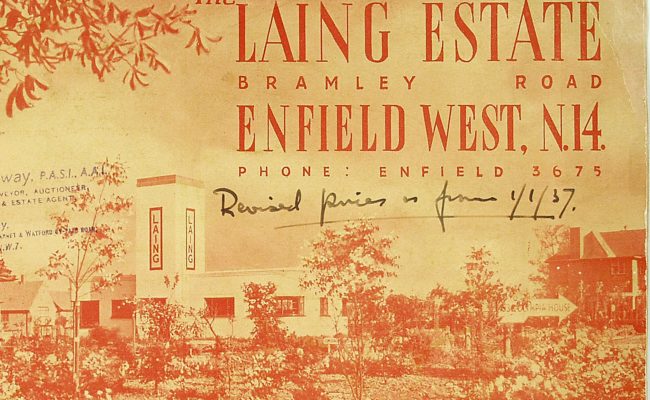
In 1919, the UK Parliament passed a major Housing Act to provide subsidies to help build 500,000 affordable homes within three years. This was in response to the large demand for working-class housing after the First World War, and the Second World War saw a similar expansion of council housing projects across the country. Affordable housing provision and construction standards have been a long-standing interest at MoDA. The collections include countless books that record the insanitary conditions of homes in the early twentieth century, as well as later legislation to improve housing standards. This resource expands on housing and health, past and present, through featured objects, podcasts, and research events.
Although we take a historical perspective, this is always in dialogue with current discussions around housing. Cities like London are seeing increasing waves of displacement of individuals and entire communities as private rent prices soar, so much so that that the Victorian ‘slums’ are again invoked to describe poorly regulated housing. As council estates are sold off to the private sector and housing is turned into a financial asset, activist movements have come to the fore to protect tenants in insecure living situations (e.g. London Renters Union, Generation Rent). In this space, we will continue to expand on these conversations linking past and present perspectives.
Living Well: health, wellbeing and the built environment
A one-day conference for student nurses and health practitioners (10th February, 2020), organised by the Museum of Domestic Design and Architecture in collaboration with the School of Health, Middlesex University.
S2, Episode 6: Home & Housing
The recent coronavirus pandemic has highlighted and exacerbated the already precarious housing situation for many. In this episode, Ana Baeza and David Madden (LSE) take a look at housing legislation during earlier social crises and previous regulation to protect residents. How are current campaigns tackling the basic right to an affordable home, and what scenarios can we expect over the next few months or years?
Dr Jill Stewart: A housing and health perspective on MoDA’s collections
Dr Jill Stewart of Middlesex University talks about her use of MoDA's collections in her teaching and research. [Video]
S2, Episode 4: Home Cities: epidemics and health
This episode focuses on debates about health and architecture at the level of the city, and how they are visualised and represented. Ana Baeza talks to Elizabeth Darling (Oxford Brookes University) and Lukas Engelmann (University of Edinburgh) about the history of hygiene and sanitation. They discuss differences and parallels between then and now. How are today's narratives around the home, health and the pandemic comparable to those of the past?



